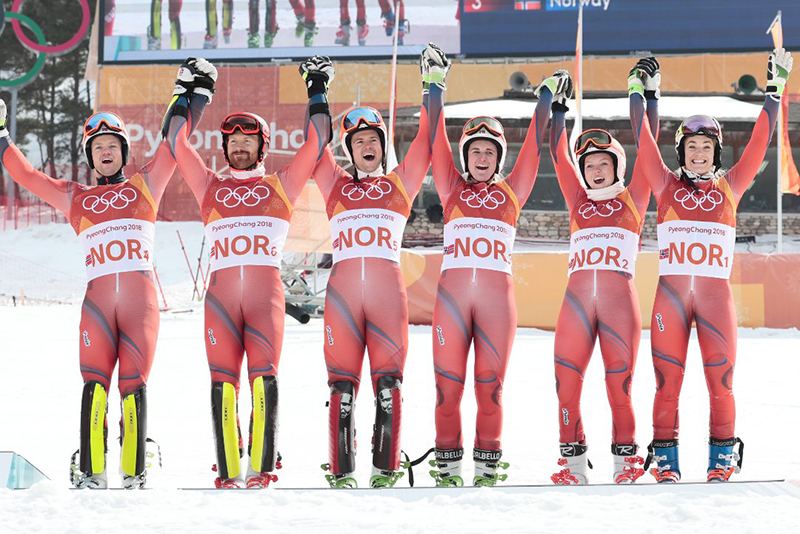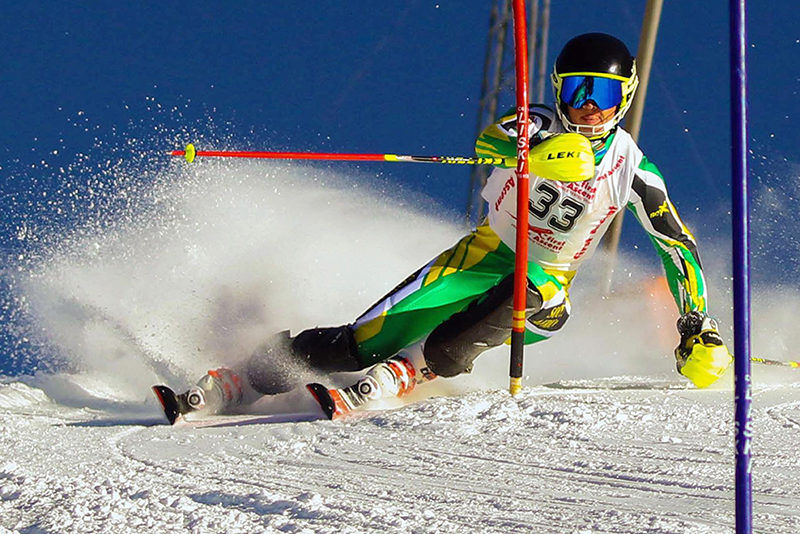At first, Amy Trubek paid no attention to the little girl in the kitchen.
The child was clamoring for her parents to let her help them make dinner at home. Finally, her father relented, standing her on a chair at the counter and handing her a lemon to squeeze with a hand-pressed juicer.
Trubek, a University of Vermont professor of nutrition and food science, had recorded a video of the girls’ parents cooking as part of the research for her new book, “Making Modern Meals: How Americans Cook Today.” Only after she watched that video multiple times did Trubek notice the girl struggling to figure out how to extract the lemon’s juice. It took several tries and some guidance from her father.
For Trubek, it was a pivotal moment. It proved the value of her methods, which revealed details she would have missed if she had relied only on interviews with her subjects, instead of the visual record.
And that detail – a young girl learning to juice a lemon – told so much about the dynamics of home cooking for today’s American family. It gave Trubek key insight into the way culinary skills are learned, the social interactions that take place around meals and the emotional bonds that are built through food.
Trubek, who trained as both a cultural anthropologist and a chef, spent three years chronicling randomly selected people as they cooked. She asserts that cooking isn’t a simple act of executing a recipe, of blending ingredients into a dish. Cooking involves a complex stew of personal relationships, knowledge, self-confidence, technique, tradition and cultural norms. And those ingredients change over time.
“It’s multimodal,” Trubek says of cooking. “It is cognitive and technical and emotional all at the same time. That is what the book ends up really exploring is how we have to get at all those components if we want to understand what cooking is about today.”
Trubek joined a panel of culinary historians and experts March 28 at The New School in New York to discuss “The Culinary Legacy of ‘Joy of Cooking,’ ” the iconic cookbook that Trubek considers an ideal reflection of the evolution of American cooking. The tome has undergone multiple editions and provides a thread through “Making Modern Meals.”
Americans cook at home much less than they once did, according to U.S. Department of Agriculture statistics cited in Trubek’s book. The reasons are myriad: Women started working more and worrying about their household obligations less. Domestic help diminished, while service jobs in restaurants and commercial kitchens grew. The availability of food that someone else has cooked – whether fine dining from a trained chef or a prepared platter of cold cuts from the supermarket – has skyrocketed.
Food writers such as Michael Pollan have lamented this shift and suggest that Americans should make and eat more meals at home to address a host of public health problems and societal ills. Experts tout fresh, whole ingredients, particularly fruits and vegetables, to help fight diseases. Advice on foods to consume more or to avoid is endless and ever-changing.
Trubek eschews these “didactic” instructions, arguing that one single prescription won’t solve all amid the varied approaches to cooking that her book includes. Cooks today are episodic, she says. Some evenings we dine at home; other times we order takeout. One weekend we might host a dinner party; the next Sunday we might meet a group at a restaurant for brunch.
“It’s something that is embedded in our everyday lives, and it has many layers of meaning and purpose,” Trubek says. “We need to unpack it in such a way that we really get at the heart of how we do it and what that means. Then we can start addressing how we might want to change it if we think there’s something we need to do in relationship to health or to family cohesion.”
Trubek arranged her book’s chapters around her subjects’ varied approaches to cooking. Some see it as a chore. Others treat it as an art. Many consider it a means to improve health.
The key challenge for cooks that Trubek witnessed is not a lack of skill but disorganization. People know how to heat up a pan and use a knife. But they are overwhelmed by the need to plan meals, shop for groceries and select ingredients. Many cooks misuse their kitchen space, Trubek says, and could work more efficiently with proper preparation. A young man in one video sliced an onion on a cutting board he set across the burners of his stovetop.
Trubek says she always loved to cook. She earned her doctorate in anthropology from the University of Pennsylvania, and trained at Le Cordon Bleu cooking school in London, later working as an instructor at the New England Culinary Institute in Montpelier.
This book is her third in a trilogy, starting with “Haute Cuisine: How the French Invented the Culinary Profession” and followed by “The Taste of Place: A Cultural Journey into Terroir.”
If the current trajectory continues away from making meals ourselves and toward eating food prepared by others, cooking as an American endeavor could grow obsolete, Trubek suggests. We might forget how to cook entirely. Trubek compares it to sewing, which few people do anymore. They buy items already sewn and have tailors do any sewing repairs they need. Similarly, we could end up with others doing all the cooking for us.
Trubek doesn’t want that to happen. One trend she finds intriguing is the proliferation of meal-delivery services, which could prove a well-balanced solution for the state of cooking now.
“It appears that organization and planning, and the problem-solving around dealing with dinner, are these major barriers between people wanting to cook and actually cooking,” Trubek says. “So if there’s a system now where that is alleviated, then I think we’re onto something.”
Source: UVM News


